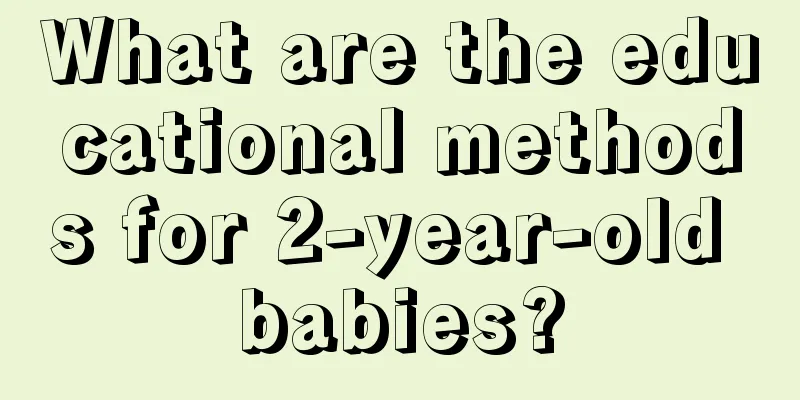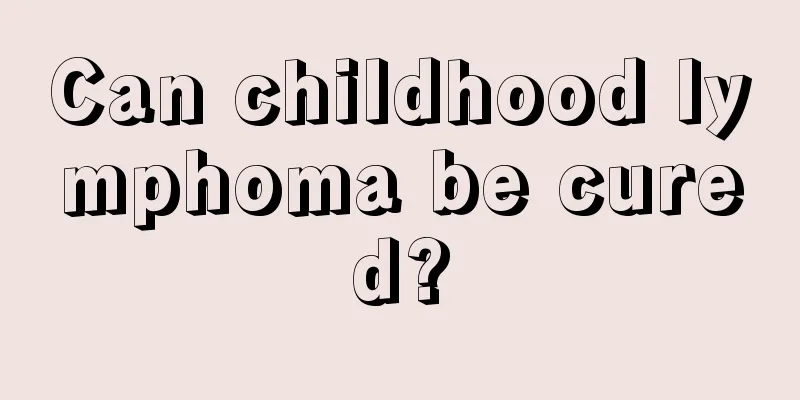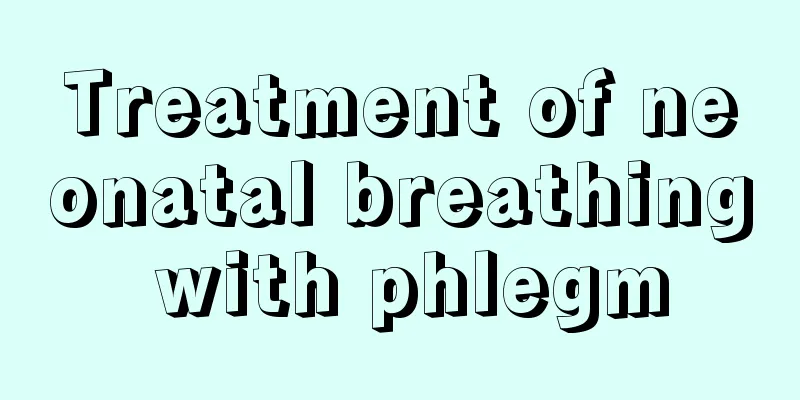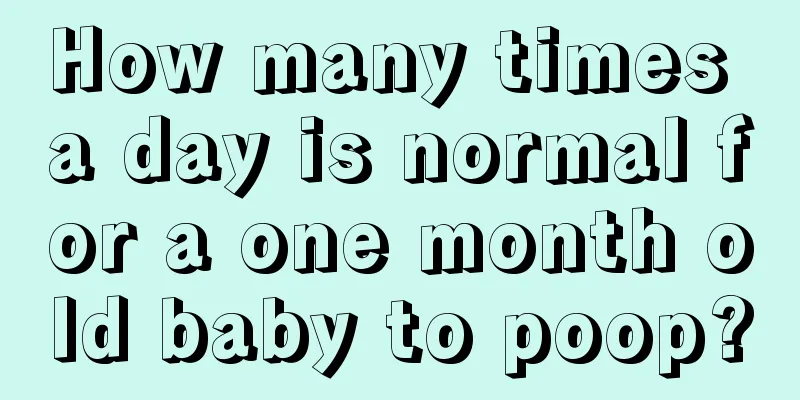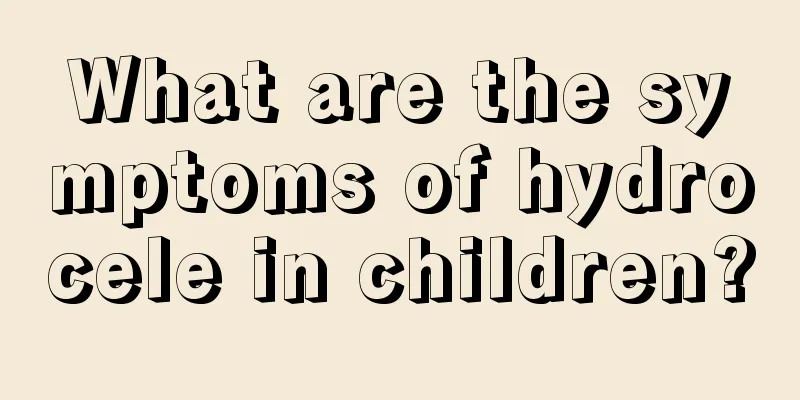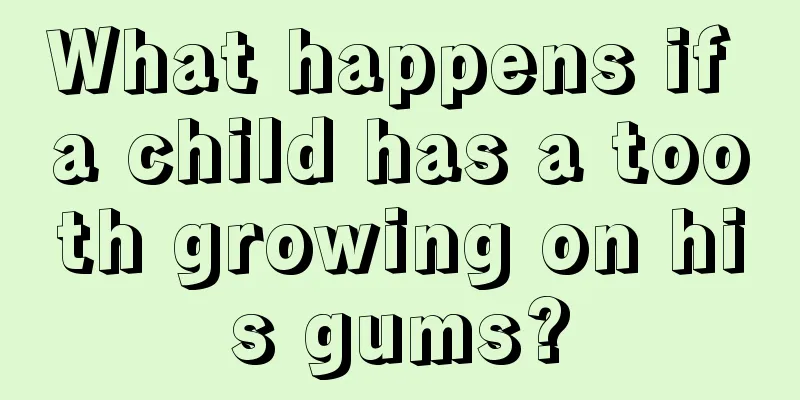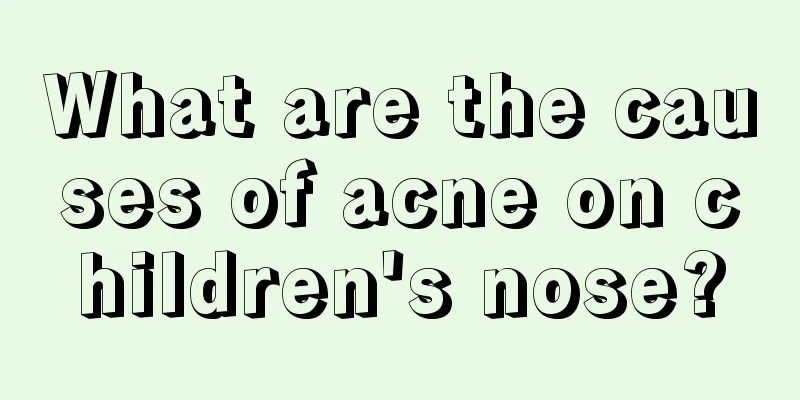At what age is it best for children to start brushing their teeth?
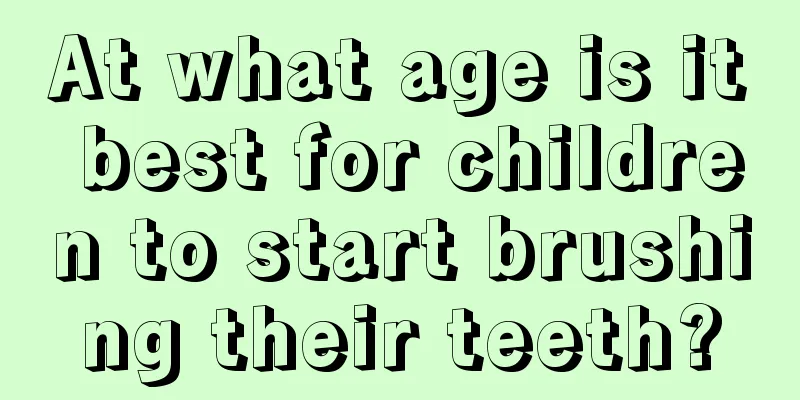
|
Everyone wants to have white teeth, so have you brushed your teeth today? This question is not only for children over 2 years old. From the day their teeth start to grow, parents must ensure that their children brush their teeth every day. The next question is "Do you know how to brush your child's teeth?" Many parents don't know how to brush their children's teeth because their children have poor cooperation. However, at what age is it best for young children to start brushing their teeth? There are different techniques for brushing teeth for children of different ages. Let’s take a look below. Proper teeth cleaning technique is the key. Experts recommend that parents should let their children develop the good habit of brushing their teeth after meals and before going to bed (or at least twice a day), and rinsing their mouths anytime after eating snacks. From 0 to 6 months, before the deciduous teeth grow out, rinsing the mouth is the most important thing. Supplies needed: warm water, a small piece of sterilized gauze. Technical guidance: Give your child some warm water after feeding, which is equivalent to gargling. You can also use gauze dipped in warm water to gently wipe your baby's gums and mouth. From 6 months to 1.5 years old, when the deciduous teeth are growing, parents should remove the plaque and soft plaque on the children's teeth every day to keep the mouth clean and cultivate the children's hygienic habits. Required supplies: sterile gauze or cotton swabs, warm water, fingertip toothbrush Technical instructions: The mother sits on the sofa or bedside and lets the child lie in her arms. The mother uses one hand to hold the child's head and lips, and uses the other hand to hold a clean gauze or fingertip toothbrush and dip it in warm water to clean the outer and inner sides of the child's teeth. While wiping, gently massage your child's gums to help relieve the discomfort caused by teething. Between 1.5 and 3 years old, when the baby's deciduous teeth have all grown out, let your baby understand the process and details of brushing teeth, so that he can be prepared to brush his teeth by himself in the future. Supplies needed: training toothbrush, cotton swabs. Technical guidance: The child can stand or sit on a chair, and the mother can stand behind or to the side of the child, fix the child's head with one hand, and use the other hand to hold a toothbrush dipped in warm water to brush the child's teeth (no toothpaste is needed). The order of brushing your teeth is to place the bristles of the toothbrush close to the gums and tilt it at a 45-degree angle to the tooth surface. Brush the upper teeth from top to bottom and the lower teeth from bottom to top. After brushing the outer side, you should also brush the inner side and the biting surface of the back teeth. Each surface needs to be brushed 15 to 20 times to achieve the purpose of cleaning teeth. During this period, the deciduous teeth are arranged sparsely and have shorter crowns, which can easily cause food impaction. Therefore, before brushing the teeth, the mother should first check whether there is food stuck in the child's teeth. If so, the food should be removed with a cotton swab before brushing the teeth. In addition, you should start training your baby to brush his teeth by himself. Let him imitate your movements first. When he is 2 years old, you can try to let him brush his teeth by himself. At this time, you cannot ask the child to persist for too long, just let him become proficient in these movements. Because you still need to carefully brush it again according to the above instructions. From 3 to 6 years old, while training children to brush their teeth by themselves, cultivate their interest in brushing teeth and use fluoride toothpaste to prevent tooth decay. Supplies needed: toothbrush, toothpaste, mouthwash cup, and cotton swabs appropriate for the child's age. Technical guidance: From the beginning, you should pay attention to letting your child master the correct brushing method and avoid excessive horizontal brushing. The wrong brushing method not only fails to clean the teeth, but also easily makes the teeth brittle. In the future, when children use a slightly harder toothbrush to brush their teeth, their gums will hurt. The correct way to brush your teeth: squeeze toothpaste onto the toothbrush (a soybean-sized amount will do), and brush vertically from top to bottom and from bottom to top along the gaps between teeth. Brush along the roots of the teeth towards the tips of the teeth, both up and down, inside and outside. The occlusal surface can be brushed horizontally. Each brushing should take at least 3 minutes, and each surface should be brushed 15 to 20 times. After brushing, rinse out all the toothpaste with clean water. Finally, my mother checked and gently wiped the places that were not cleaned with a cotton swab dipped in clean water. Choose good dental care products and select a suitable toothbrush according to the growth of your child's deciduous teeth. If the bristles of your toothbrush become bent, you should replace it with a new one, at the latest every 6 to 8 weeks. Finger toothbrush: Use when the child has just grown 1-2 small teeth. Put it on your finger to brush your child's teeth. It can not only clean the teeth but also gently massage the gums. Silicone solid toothbrush, suitable for use when 2-3 teeth have grown out. It has a toothbrush handle that is easy for babies to hold, and the brush head is elastic and moderately hard and soft, designed for children to bite. It can not only remove the debris on the teeth, but also massage and protect the gums, which can fully satisfy the baby's desire to bite things during this period. Safety accessories ensure safety. Silicone solid toothbrush with pointed bristles: suitable for use after 8-11 teeth have grown out, it also has the functions mentioned above. It can also be used for children to practice brushing their teeth. The silicone bristles are also very soft and will not scratch your child's delicate gums. Children's toothbrush: used when all the baby teeth have come out. You can choose a health toothbrush for your baby to practice brushing teeth. Its characteristics are: the brush head is small, with a length equivalent to the width of four front teeth. It can rotate flexibly in the mouth and can brush the surfaces of all teeth; the bristles are fine and can enter the gaps between them; the bristles are rounded and do not irritate the gums or damage the teeth; the toothbrush handle is of moderate length, and the surface of the toothbrush handle should preferably have a layer of non-slip veneer to make it easy for children to grip. Tips: Maintenance of small toothbrush: After brushing your teeth each time, rinse the toothbrush with running water. Because toothpaste, food residues and bacteria will adhere to the toothbrush. If you don't clean your toothbrush thoroughly, the bacteria that weren't cleaned out the next time you brush your teeth will return to your mouth. The toothbrush must be kept dry between uses. Otherwise bacteria will multiply in a moist environment. If your toothbrush starts to split after a short period of use, it means you are brushing too hard and you should be more careful when brushing your teeth in the future. Choose a toothpaste that is formulated for children. Children over 3 years old can use fluoride toothpaste. Because fluoride toothpaste can not only inhibit the growth of bacteria, but also increase the hardness of teeth, enhance their acid resistance and prevent tooth decay. Oral experts remind: It is forbidden to use fluoride toothpaste before the age of 3, because babies have poor self-control and are prone to swallowing toothpaste; it should be used carefully under the guidance of adults for children aged 3-6, and it can be used for children over 7 years old, but the toothpaste must not be swallowed into the stomach, and the toothpaste must be rinsed clean after brushing the teeth. Be sure to pay attention to the amount of toothpaste used. Only use an amount the size of a soybean each time, and no more than 1 cm. Children in high-fluoride areas must obtain a doctor's consent before using fluoride toothpaste. Choose a suitable small mouthwash cup. Choose a cup that is exquisitely made and lightweight, especially one with a smooth rim that won’t scratch your child’s lips. From the above introduction, we can know that the earlier a child brushes his teeth, the better, which can effectively prevent baby tooth decay. Children should not eat too many sweet snacks or raw, cold and hard foods, as these will affect the development of their teeth. Pay attention to oral hygiene, rinse your mouth after meals, eat light food, avoid getting angry, and develop the habit of brushing your teeth every day. |
<<: How old should children be to start brushing their teeth?
>>: What are the causes of cervical spondylosis in adolescents?
Recommend
What to do if your child has vaginal itching
Now, not only adults but even children are starti...
How many months is appropriate to breastfeed?
Nowadays, more and more people are beginning to a...
What should children do if they have angular cheilitis? The treatment method is like this
The hot summer is the season when angular cheilit...
The role of probiotics in infants
The baby's body will always encounter some pr...
What should we pay attention to when treating dermatitis in children?
I believe that many parents will encounter dermat...
What are the symptoms of zinc deficiency in one-year-old children?
Children of different ages have different reactio...
What should I do if my child has a fever after vaccination?
When we were very young, in order to prevent vari...
Nursing methods for children with pneumonia
In fact, if your child suffers from pneumonia, yo...
How to carry out early education for babies?
This is the best time for babies to learn and acc...
Causes and treatment of nasal concha hypertrophy in children
As we all know, the nose is an important organ in...
Child foaming at the mouth while sleeping
Many parents will find that their children foam a...
Do you know the secrets to height increase?
There are always some people in life who are not ...
What are the symptoms of lobar pneumonia in children?
Pneumonia is a relatively complicated disease cli...
Early symptoms of epilepsy in infants
Epilepsy is often seen in adults, but rarely in c...
Baby nutrition recipes and recipes
When a baby is just born, his physical condition ...
